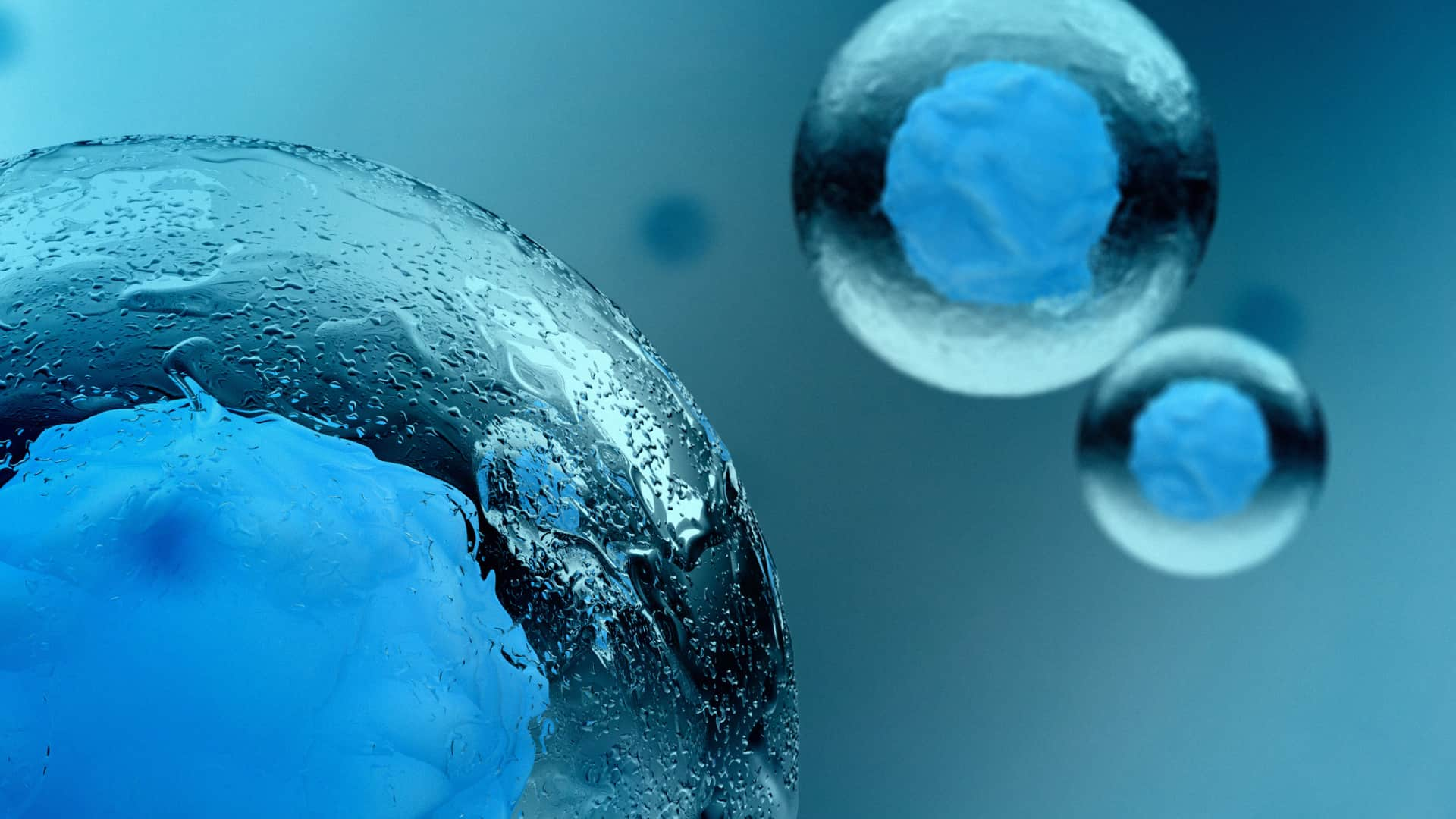HydroPeach™ Ceramides
COMMON NAME
Glucosylceramide | Peach Phytoceramides
TOP BENEFITS OF HYDROPEACHTM
Supports skin health *
Supports skin hydration *
Supports skin barrier function *
WHAT IS HYDROPEACHTM?
HydroPeachTM is a clinically studied extract from Japanese peaches standardized to contain a skin-essential nutrient called ceramides. Ceramides are a type of lipid that concentrates in the skin and has a strong affinity for water. The stratum corneum of the epidermis is the most superficial layer of the skin, composed of dead, keratin-filled cells; it plays a major role in the skin’s barrier functions. These functions are important because they are what allow skin to retain moisture, protect itself from friction, and be resilient to external stress. This layer of skin also plays a prominent role in how healthy and aged skin is perceived to be. The cells of the stratum corneum are surrounded by a lipid-rich “glue” that helps maintain skin barrier integrity. The major lipids of the skin barrier are ceramides making up about 50% of the total lipid content [1,2]. Ceramides are necessary for maintaining healthy skin barriers and promoting water-retaining properties of the skin, so support barrier functions and skin hydration.* As we age, skin ceramides gradually decline. When there are not enough ceramides, skin moisture and barrier functions can suffer, resulting in skin feeling dryer and rougher. HydropeachTM works by naturally increasing levels of ceramide in the skin thereby supporting skin barrier function, hydration, texture, and overall skin health.*
NEUROHACKER’S HYDROPEACHTM SOURCING
HydroPeachTM is a clinically studied Japanese peach extract standardized to contain not less than 3% glucosylceramide.
HydroPeachTM is manufactured by Okayasu Shoten Co., Ltd., a Japanese company that patented a method for producing a peach fruit extract standardized for ceramides.
HydroPeachTM is gluten-free, non-GMO, vegan, Kosher, and Halal certified.
HydroPeachTM is a trademark of Maypro Industries, LLC.
HYDROPEACHTM FORMULATING PRINCIPLES AND RATIONALE
Extracts with a standardized amount of ceramides are often made from corn, rice, wheat, or konjac root. Peach is also one of the better plant sources of ceramides [3]. We sourced a peach fruit extract because we felt fruit was a better option than a grain or tuber source for our customers. Human studies of different plant-based ceramide extracts, including HydroPeachTM, suggest these extracts are dose-dependent (see Neurohacker Dosing Principles). In the human study that used this peach fruit ceramide extract, servings of both 20 and 40 mg/day were supplemented [3]. While both servings enhanced skin ceramides, and supported skin hydration and smoother skin texture, the 40 mg dose was superior. We therefore chose to include HydroPeachTM at a serving that matches the higher studied amount.*
CERAMIDES KEY MECHANISMS
Supports healthy skin*
Supports general subjective skin appearance* [4]
Supports skin hydration* [3,5–7]
Supports healthy transepidermal water loss (TEWL)* [3,8–15]
Supports skin elasticity* [4,6]
Supports uniform skin pigmentation* [15]
Supports skin texture/smoothness* [3,15]
Supports skin barrier function* [10,12,13,16,17]
Supports skin ceramide synthesis* [8,17–20]
Supports healthy skin immune responses and immune /cytokine signaling* [7,9,21]
*These statements have not been evaluated by the Food and Drug Administration. This product is not intended to diagnose, treat, cure, or prevent any disease.
REFERENCES
[1]H.J. Cha, C. He, H. Zhao, Y. Dong, I.-S. An, S. An, Int. J. Mol. Med. 38 (2016) 16–22.
[2]M.H. Meckfessel, S. Brandt, J. Am. Acad. Dermatol. 71 (2014) 177–184.
[3]T. Koikeda, Y. Tokudome, M. Okayasu, Y. Kobayashi, K. Kuroda, J. Yamakawa, K. Niu, K. Masuda, M. Saito, Immunol. Endocr. Metab. Agents Med. Chem. 17 (2017).
[4]M. Hori, S. Kishimoto, Y. Tezuka, H. Nishigori, K. Nomoto, U. Hamada, Y. Yonei, Anti-Aging Med 7 (2010) 129–142.
[5]S. Guillou, S. Ghabri, C. Jannot, E. Gaillard, I. Lamour, S. Boisnic, Int. J. Cosmet. Sci. 33 (2011) 138–143.
[6]J. Kawamura, S. Kotoura, T. Okuyama, M. Furumoto, H. Fuchuu, K. Miake, M. Sugiyama, M. Ohnishi, Journal of The Japanese Society for Food Science and Technology 60 (2013) 218–224.
[7]M. Yeom, S.-H. Kim, B. Lee, J.-J. Han, G.H. Chung, H.-D. Choi, H. Lee, D.-H. Hahm, J. Dermatol. Sci. 67 (2012) 101–110.
[8]H. Shimoda, S. Terazawa, S. Hitoe, J. Tanaka, S. Nakamura, H. Matsuda, M. Yoshikawa, J. Med. Food 15 (2012) 1064–1072.
[9]T. Uchiyama, Y. Nakano, O. Ueda, H. Mori, M. Nakashima, A. Noda, C. Ishizaki, M. Mizoguchi, J. Health Sci. 54 (2008) 559–566.
[10]K. Tsuji, S. Mitsutake, J. Ishikawa, Y. Takagi, M. Akiyama, H. Shimizu, T. Tomiyama, Y. Igarashi, J. Dermatol. Sci. 44 (2006) 101–107.
[11]K.-I. Kawano, K. Umemura, Phytother. Res. 27 (2013) 775–783.
[12]R. Ideta, T. Sakuta, Y. Nakano, T. Uchiyama, Biosci. Biotechnol. Biochem. 75 (2011) 1516–1523.
[13]T. Hasegawa, H. Shimada, T. Uchiyama, O. Ueda, M. Nakashima, Y. Matsuoka, Lipids 46 (2011) 529–535.
[14]K. Miyanishi, N. Shiono, H. Shirai, M. Dombo, H. Kimata, Allergy 60 (2005) 1454–1455.
[15]S. Fukunaga, S. Wada, T. Sato, M. Hamaguchi, W. Aoi, A. Higashi, J. Nutr. Sci. Vitaminol. 64 (2018) 265–270.
[16]C. Kawada, T. Hasegawa, M. Watanabe, Y. Nomura, Biosci. Biotechnol. Biochem. 77 (2013) 867–869.
[17]J. Duan, T. Sugawara, M. Hirose, K. Aida, S. Sakai, A. Fujii, T. Hirata, Exp. Dermatol. 21 (2012) 448–452.
[18]J. Ishikawa, S. Takada, K. Hashizume, Y. Takagi, M. Hotta, Y. Masukawa, T. Kitahara, Y. Mizutani, Y. Igarashi, J. Dermatol. Sci. 56 (2009) 220–222.
[19]Y. Shirakura, K. Kikuchi, K. Matsumura, K. Mukai, S. Mitsutake, Y. Igarashi, Lipids Health Dis. 11 (2012) 108.
[20]Y. Tokudome, N. Masutani, S. Uchino, H. Fukai, Nutrients 9 (2017).




